2019 Iris Awards
Amy is a fighter and a beautiful soul. She was diagnosed with grade 3 aggressive breast cancer in January 2016. It turns out that Amy’s family has the BRCA1 mutation: a tumour suppressor gene. Each child of a carrier has a 50% chance of inheriting the gene and each carrier has extremely high risk of cancer. Five of her six great aunts died of cancer by their forties. Amy had four different chemotherapy drug treatments as well as radiation treatment. Amy had a positive response to treatment and the 5 cm tumor was totally destroyed! The surgeries were prophylactic. Amy underwent bilateral mastectomy with a two phase silicon reconstruction as well as a total Salpingo-oophorectomy (surgery to remove the ovaries and fallopian tubes). Amy also had a hysterectomy surgical operation to remove her uterus in order to prevent reproductive cancer. Knowing she has beaten what by nature ought to have been certain death, gives Amy a sense of immediacy and urgency in life. There is no sense in waiting or hesitating because there is no guarantee of tomorrow! Amy is a dressmaker and a body painter who is now planning a six month trip around the world. Her stunning portrait is now part of “Eyes are Windows to the Soul” portfolio.
William and his friend Kim were shopping at the Takapuna Sunday market when I approached them. Kim was slightly kindly agreed to drive William to my studio following my car, her average speed was 35 Km/h… William spent 4.5 years in Mt Eden prison for robbing a dairy (a small convenience store in New Zealand). He always told his family that he will end up there. In prison he became part of the Mongrel Mob! He was diagnosed as schizophrenic after leaving prison so is now under heavy medication. Click here to see more.
My mother Shoshana, posing as Albert Einstein! Outrageous mom is almost 83 and had a minor stroke last year. She has recovered beautifully and is very busy. Waking up early, Shoshana goes swimming at the local beach. She also volunteers at the local primary school, teaching young kids about deep breathing, meditation, relaxation techniques, correct posture, healthy eating, chakras and spirituality! Mom has recently started to practicing playing on a piano, following her grandson example… She practices Qigong and uses special healing bowls using deep vibrating sound! Click here to see more!
“This photo hangs proudly in my house as a reminder of my personal evolution. Two years ago I was in the depths of my human resources career. Slogging it out by day & discretely moonlighting as a performing artist, competitive pole dancer & sexuality student outside of the 9 to 5 job. I had held secret dreams of working in the sexuality space since I first went to University; but swallowed back those ideas, instead heading into something a lot more traditional. Somewhere in my mid-20s those ideas bubbled back up in a demanding way & I dived back into personal exploration & professional study of sexuality, love & relationships. I’m now a full time sexuality, love & relationships coach & am often totally amused by the dichotomy between my then & now. This beautiful work by Ilan reminds me of a homecoming; the return to what I romantically refer to as my true nature.” Click here to see more!



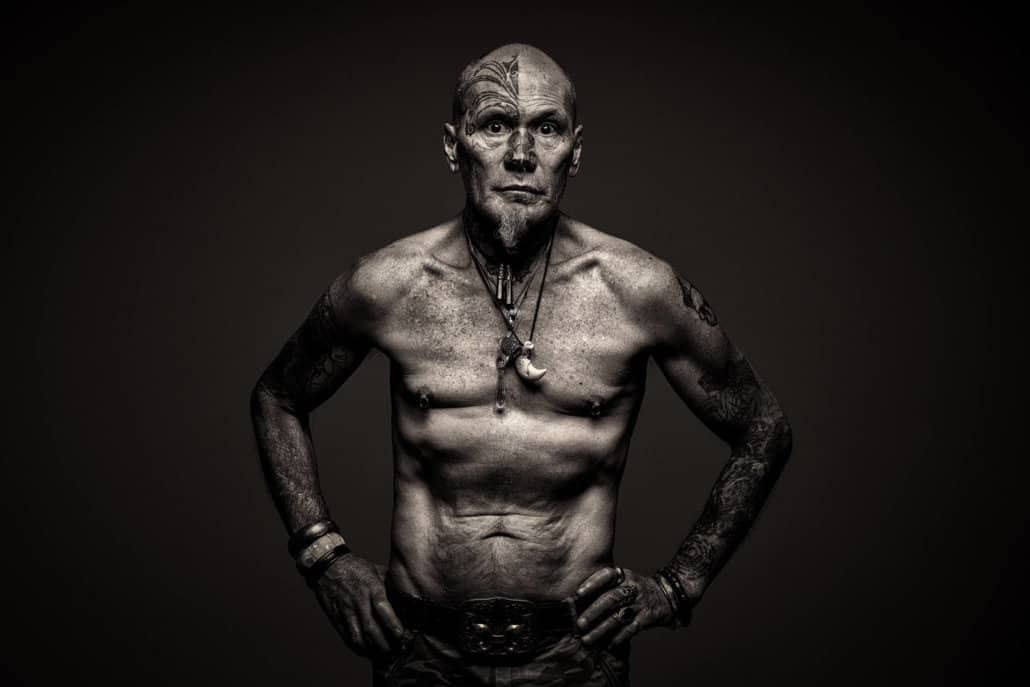
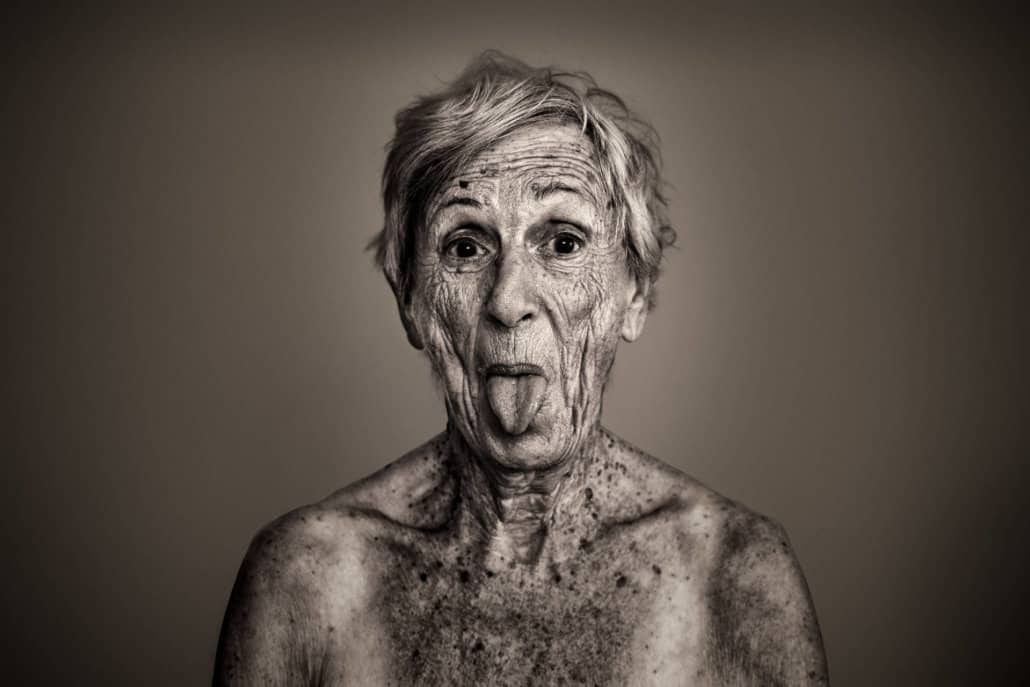
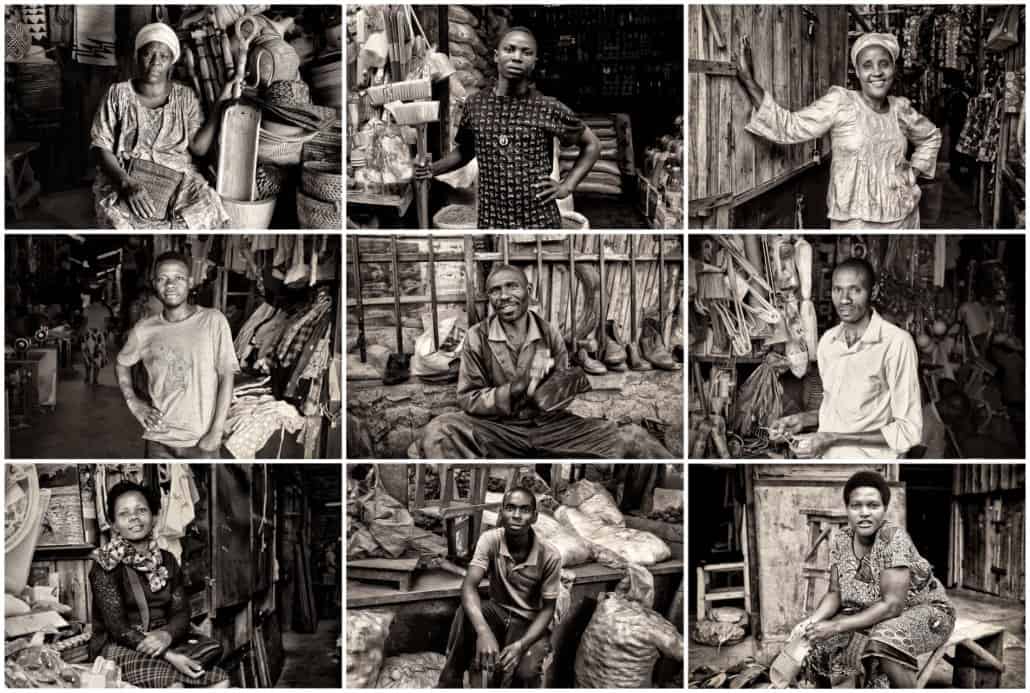
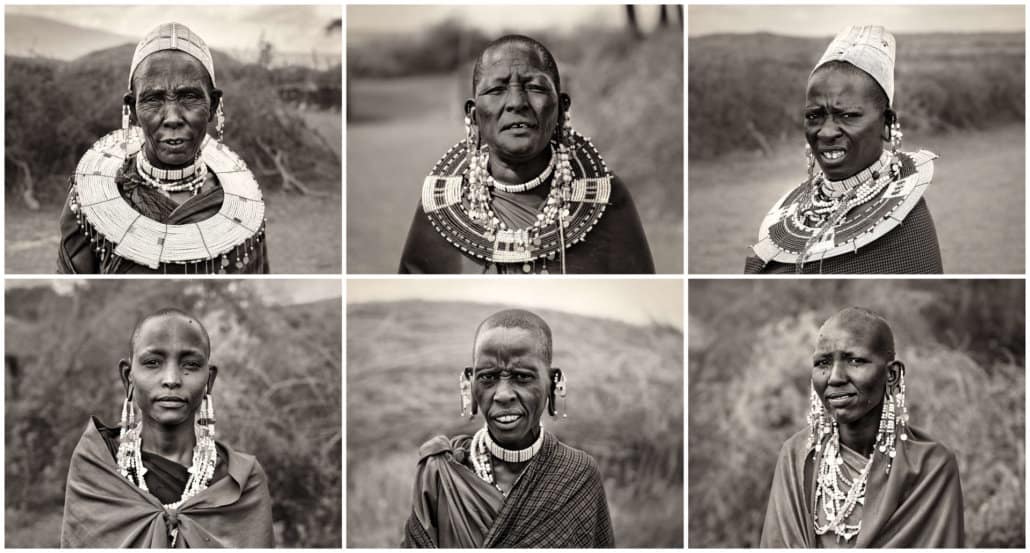
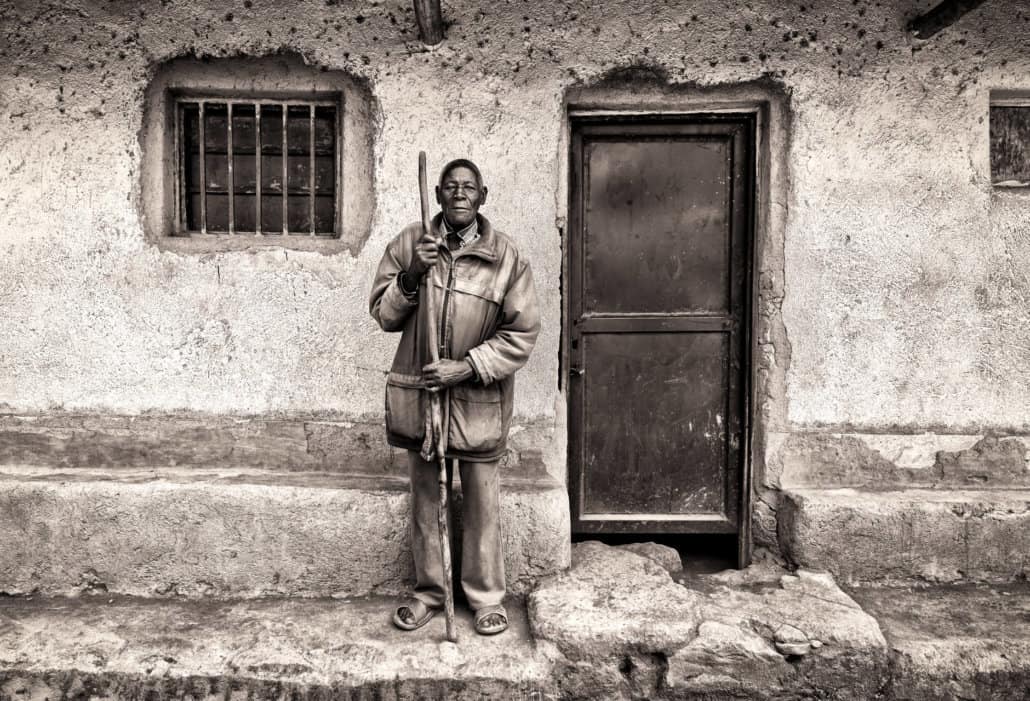
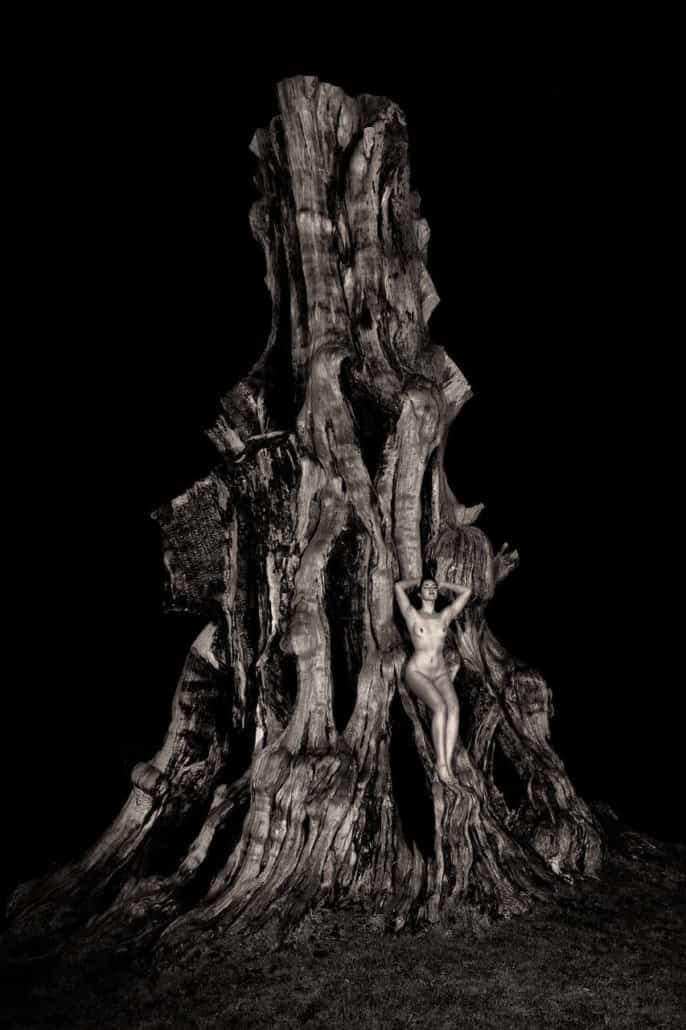
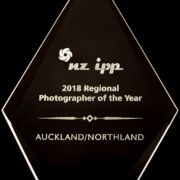
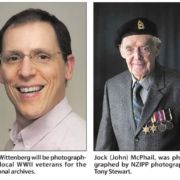


Trackbacks & Pingbacks
[…] to Ilan Wittenberg on winning a Gold at the 2019 NZIPP Iris Awards! “It was an honour and privilege to be a judge at this prestigious event”, says […]
Leave a Reply
Want to join the discussion?Feel free to contribute!